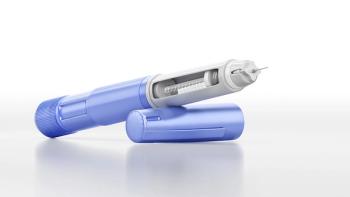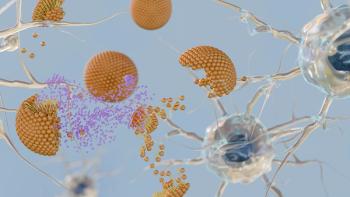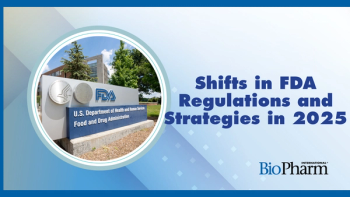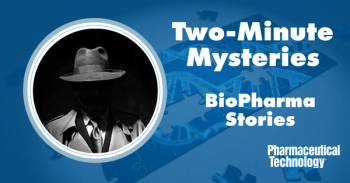
FDA Requests 5.7% Increase in 2009 Budget
The US FDA has requested nearly $2.4 billion for its fiscal 2009 budget, a 5.7% increase over the budget that FDA received for the current fiscal year.
The US FDA has requested nearly $2.4 billion for its fiscal 2009 budget, a 5.7% increase over the budget that FDA received for the current fiscal year. The request, which covers the period from October 1, 2008, through September 30, 2009, includes $1.77 billion in budget authority and $628 million in industry user fees.
When questioned whether these amounts are sufficient, particularly given the serious concerns expressed in the November 2007 report by the FDA Science Board, Robert Miller, FDA Budget Formulation and Presentation Deputy Director, said the requested amounts allows the agency to “maintain momentum.”
“In an overall tight budget atmosphere, it’s allowing us to target the critical areas that have been identified by the Commissioner and the Secretary,” he said, citing the food protection initiatives, the importation of medical products, and blood and tissue issues in CBER. “So it’s a good step, it moves us in the right direction,” he said.
Of the $17.4 million allotted for medical product safety and development, $12.9 million will be used to pay for basic program costs. That leaves $4.4 million for new initiatives, including $1.5 million for blood and tissue safety, and $1.2 million for the field organization, particularly to improve the agency’s capability to monitor imports.
Under the proposed budget, user fees will increase $79 million, bringing the user fee total to $628 million. Of these, prescription drug user fees, under PDUFA, increase by almost $52 million, to a total of just over $511 million.
Funding to improve the agency’s IT infrastructure – an area of weakness identified in the Science Board report –would increase to $240 million, up from $200 million in 2007.
The 2009 budget proposal also says that the agency will seek legislation to create a pathway for approving follow-on biologics, and for user fees to cover the cost of this activity. The 2009 budget proposal, however, does not show any impact for follow-ons.
For a more detailed analysis of the 2008 budget, see BioPharm International’s February 2008
Newsletter
Stay at the forefront of biopharmaceutical innovation—subscribe to BioPharm International for expert insights on drug development, manufacturing, compliance, and more.





